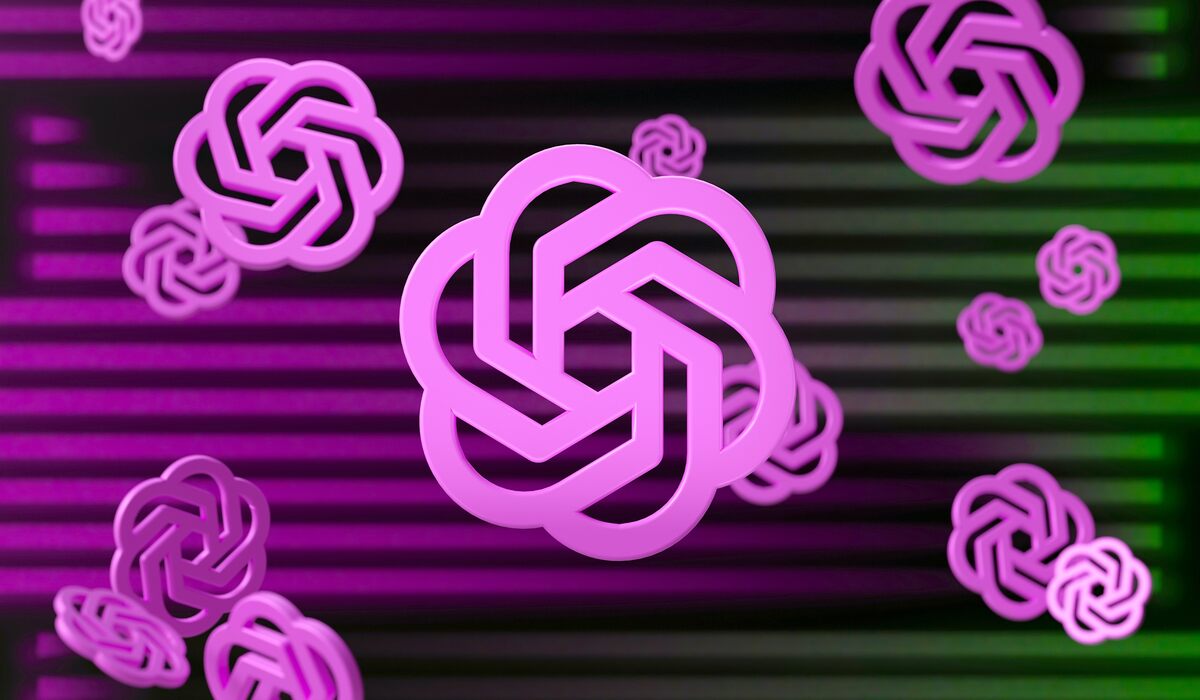News that OpenAI is releasing a new version of their popular ChatGPT, known as GPT-4, has put the company back in the news. However, when will this be made available, how does it operate, and is it functional?
A technology called ChatGPT uses artificial intelligence (AI) to generate essays, tell stories, and even write code. Because of how advanced the chatbot is, people are suddenly beginning to see AI’s actual potential and how, for better or worse, it may shape the future of humanity.
Anyone can utilise the ChatGPT Login website’s free version, which was created by San Francisco’s OpenAI. To begin mining the depth of the AI model, all you need to do is register for a login.
Since its launch last year, ChatGPT’s accessibility has attracted millions of users and much debate. There are several ethical and legal issues with AI, and schools have already begun banning ChatGPT because it can be used by students to cheat. Other nations have also restricted their nationals from accessing the ChatGPT website.
But now that the genie is out of the bottle, ChatGPT isn’t the only chatbot in town; Google Bard is another option.
The ChatGPT family is also expanding. The upgraded GPT-3 model that ChatGPT’s free web version now uses replaced by GPT-4, which is only available to premium customers through ChatGPT Plus. ‘ChatGPT Business’ is a new version that the company has also revealed is under development.
What precisely is ChatGPT, then? How does it work? And is this really where AI is going? Below, we address these queries as well as others.
What are ChatGPT, GPT-3, and GPT-4?
Modern AI language processing models GPT-3 (Generative Pretrained Transformer 3) and GPT-4 created by OpenAI. They may produce writing that resembles that of a human and have a wide range of uses, including language translation, language modelling, and creating text for chatbots and other applications. With 175 billion parameters, GPT-3 is one of the most sophisticated and substantial language processing AI models available today.
The creation of ChatGPT, a highly effective chatbot, has been its most frequent use to date. We requested the chatbot for GPT-3 to create its own description, as you can see above, to give you a small sample of its most fundamental capability. Although slightly pompous, it is unquestionably correct and exceptionally well worded.
In less formal language, GPT-3 enables a user to provide a trained AI with a variety of written prompts. These can take the form of inquiries, requests for written work on subjects of your choice, or a plethora of additional requests with various wordings.
It identified itself as an AI model for language processing earlier. This simply means that it is a programme that can comprehend spoken and written human language, enabling it to comprehend the textual information it is fed and what to spit out.
How may ChatGPT used?
It’s challenging to pinpoint GPT-3’s functions given its 175 billion parameters. As one may expect, the model limited to language. Instead of being able to create video, sound, or images like its sibling Dall-E 2, it has a profound command of both spoken and written language.
This provides it a rather broad range of skills, from creating poems about sentient farts and cliché rom-coms in parallel universes to simply describing quantum theories or producing lengthy research papers and articles.
While it can be entertaining to use OpenAI’s years of study to have an AI produce horrible stand-up comedy scripts or respond to queries about your favourite celebrities. Its real strength is in its quick processing of complex information.
Chat GPT Login can create a well-written substitute for hours of study, comprehension, and writing that would otherwise be required to write an article on quantum physics.
It has its limitations, and if your prompt starts to get too complex. Even if you simply take a path that narrows a bit too much. The software can become quickly confused.
It is also unable to handle too contemporary concepts. World events from the previous year will receive with a lack of understanding, and the model may occasionally offer inaccurate or muddled information.
Additionally, OpenAI is well aware of the internet’s penchant for using AI to create depressing, damaging, or biassed content. ChatGPT will discourage you from posing incorrect queries or requesting assistance with risky requests. Same to how its Dall-E image generator did earlier.
Photo by Mariia Shalabaieva on Unsplash


